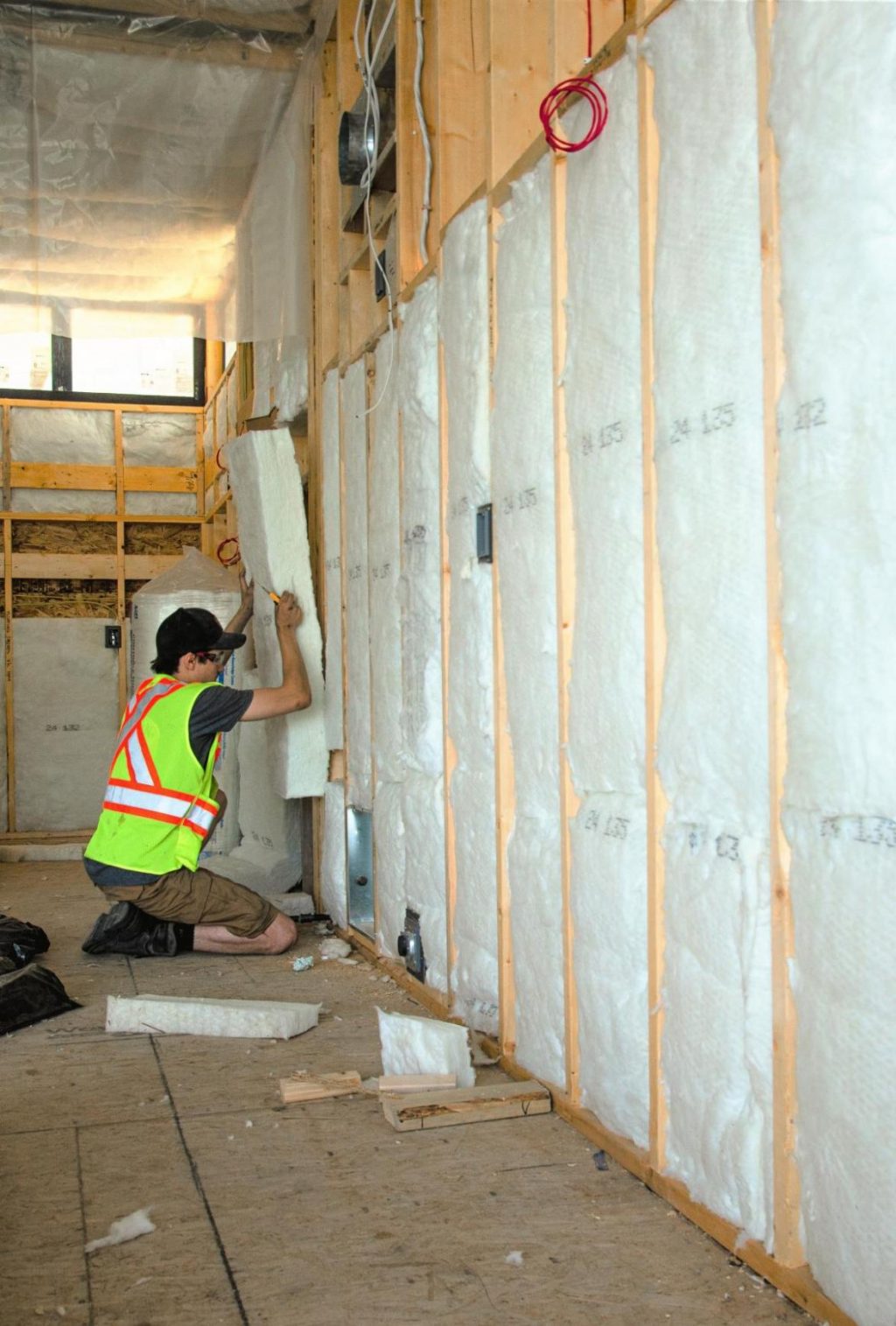Insulation materials play a crucial role in maintaining energy efficiency and thermal comfort in buildings. However, beneath their seemingly harmless exterior lies a potential threat to human health and the environment. In this blog post, we will delve into the hazards associated with insulation materials, shedding light on their adverse effects and providing valuable insights for both professionals and homeowners.
- Volatile Organic Compounds (VOCs):
Insulation materials, especially those made from synthetic substances, often contain volatile organic compounds. These chemicals can emit harmful gases into the air, leading to indoor air pollution. Prolonged exposure to VOCs can cause respiratory issues, allergic reactions, and even contribute to the development of certain cancers. It is crucial to choose insulation materials with low VOC emissions or opt for natural alternatives like wool or cellulose. - Formaldehyde:
Formaldehyde, a commonly used adhesive in insulation products, poses a significant health risk. This chemical can off-gas over time, leading to respiratory irritation, eye irritation, and even carcinogenic effects. Homeowners should be cautious when selecting insulation materials and opt for those labeled as formaldehyde-free or low-formaldehyde. - Fiberglass and Mineral Wool:
Fiberglass and mineral wool are widely used insulation materials due to their affordability and effectiveness. However, their tiny fibers can become airborne during installation or if the material is damaged. Inhalation of these fibers can cause respiratory issues, skin irritation, and eye discomfort. Proper protective gear, such as masks and gloves, should be used during installation, and damaged insulation should be promptly repaired or replaced. - Environmental Impact:
Insulation materials can have a significant impact on the environment throughout their lifecycle. Some materials, such as polystyrene foam, are non-biodegradable and contribute to landfill waste. Additionally, the production process of certain insulation materials can release greenhouse gases and consume large amounts of energy. Choosing eco-friendly alternatives like recycled cellulose or natural fibers can help mitigate these environmental hazards. - Fire Safety:
While insulation materials are designed to improve fire resistance, some types can pose fire hazards if not installed or maintained properly. Certain materials, like spray foam insulation, can release toxic gases when exposed to high temperatures. It is crucial to follow fire safety regulations, ensure proper installation, and regularly inspect insulation to minimize fire risks.
Conclusion:
Understanding the hazards associated with insulation materials is essential for creating a safe and healthy indoor environment. By selecting low-emission, formaldehyde-free, and eco-friendly insulation options, individuals can mitigate health risks and reduce their environmental footprint. Additionally, proper installation, maintenance, and adherence to fire safety guidelines are crucial for ensuring the long-term safety and effectiveness of insulation materials.





More Stories
How Fiberglass Mesh Tape Improves Wall Joint Strength and Durability
The Versatility of Fiberglass Woven Cloth in Industrial Applications
Why Adjustable Plastic Pedestals Are the Ideal Solution for Modern Raised Floor Installations